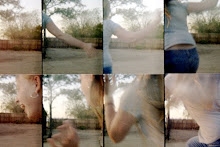Deep in a forest at the base of Mount Fuji in Japan lies a place shrouded in mythology. The trees are so dense and wildlife is so scarce, it's an eerily quiet location, perfect setting for death. It contains several rocky, icy caverns in its dark depths which have become popular tourist destinations.
Aokigahara, or the Sea of Trees, is a popular place for suicides--the second most popular after San Francisco's Golden Gate Bridge. Despite warnings in Japanese and English, more than 500 people have died in the forest, mostly to suicides. The popularity of the location is often credited to a Japanese novel published in 1960 called Kuroi Jukai which ends in the suicide of two lovers in the forest, although the place has been associated with death long before the novel was published. The Japanese custom ubasute--the abandoning of a sick or elderly relative in remote place and left to die--was practiced into the 19th century and the ghosts from the people who had died are said to haunt the forest.
An average of 30 people a year are reported to have committed suicide in the forest yearly, although the rate grew to 100 in 2003, when the local government stopped publicizing the deaths in order to downplay Aokigahara's association with suicide.
Other than people seeking to end their lives, the rugged and unforgiving terrain attracts all sorts of hikers and thrill-seekers, as well as treasure hunters who seek out discarded wallets and other effects from people who are soon to need them no more.
Part of the appeal of people taking their last journey here, I imagine, is dying at the foot of Mount Fuji, a sacred place. Maybe they seek nothing more than a romantic death steeped in culture.

No comments:
Post a Comment